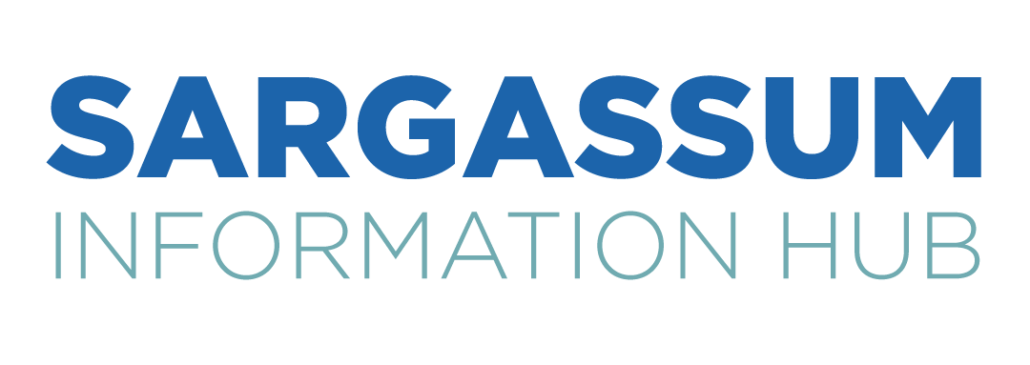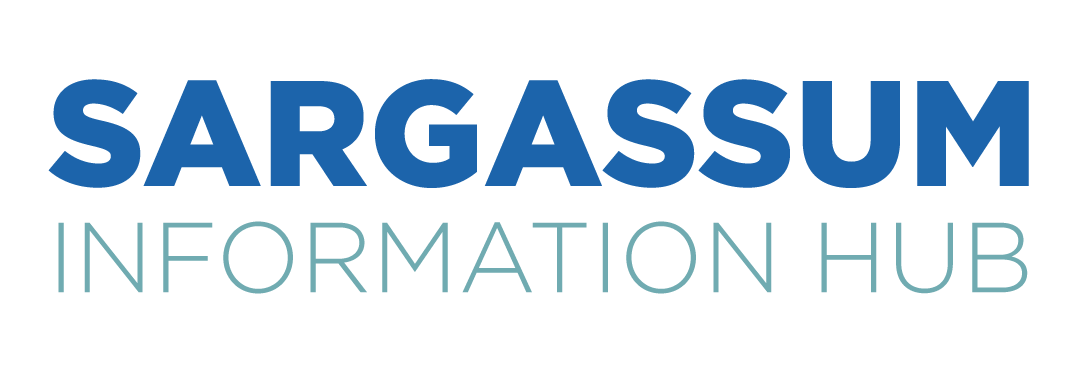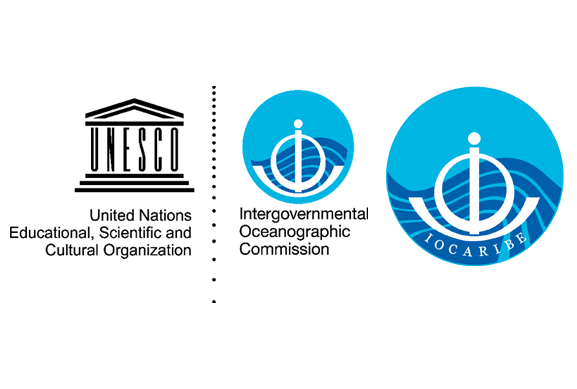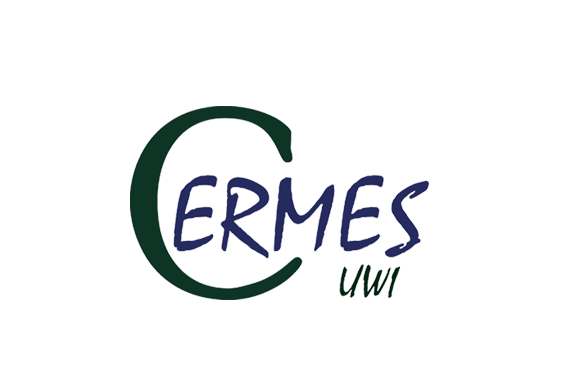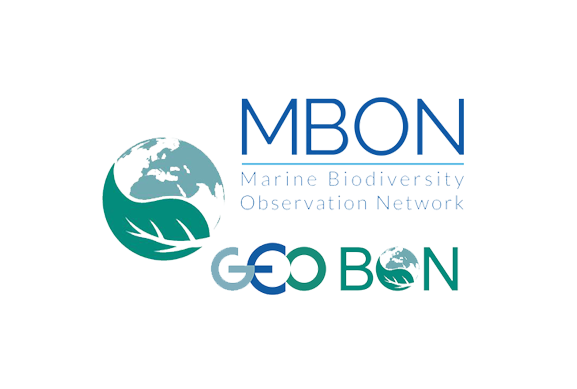Saint Kitts and Nevis, like other Eastern Caribbean states, experience sargassum inundations on the windward coast – that is, the east coast. Hotels, resorts, bars, restaurants and watersporting activities located along the east and south-east coast have been impacted due to the large accumulations of sargassum on the beach and in the nearshore. Labeled an “unwelcomed visitor” sargassum influxes has resulted in spoiled aesthetics, unpleasant odours, lack of beach access, limited swimming and increased cost for consistent removal. Sargassum floating at sea along with the unpleasant smell as the seaweed decomposes act as deterrents for tourists visiting the beach. There have been reports of business disruptions and loss of income for beach vendors owing to reduced recreational activity.
Sargassum inundations have been making it difficult and in cases impossible for fishers to launch their vessels. Some fishers are forced to stay ashore and lose fishing days, to avoid sargassum being clogged around their motors. While at sea fishers reported increased travel time to fishing grounds as navigation around sargassum rafts was difficult. Often, fishers had to stop to clear the propellers. Entangled fishing lines have been making it difficult to catch pelagic fish such as dolphinfish and wahoo. Despite this, there has been an increase in landed juvenile dolphinfish. Spear-fishers and the lobster fishers have also been affected due to the sedimentation of decomposed sargassum in nearshore areas causing them to go farther out to fish. There have also been reports of lost fish traps.
Sargassum influxes have been diminishing the quality of the natural amenities enjoyed by coastal communities. Beaches and nearshore regions under siege by sargassum have impeded beach access and ruined aesthetics. Additionally, coastal dwellers have to endure the odor of decomposing sargassum which reportedly could be smelt from around two miles away from the coastline.
Beach erosion has been reported at Frigate Bay. The influxes has affected the turtle nesting beaches, making it difficult for turtles to maneuver. There have been occurrences of drowned turtles since the sargassum mats make it difficult to surface.
